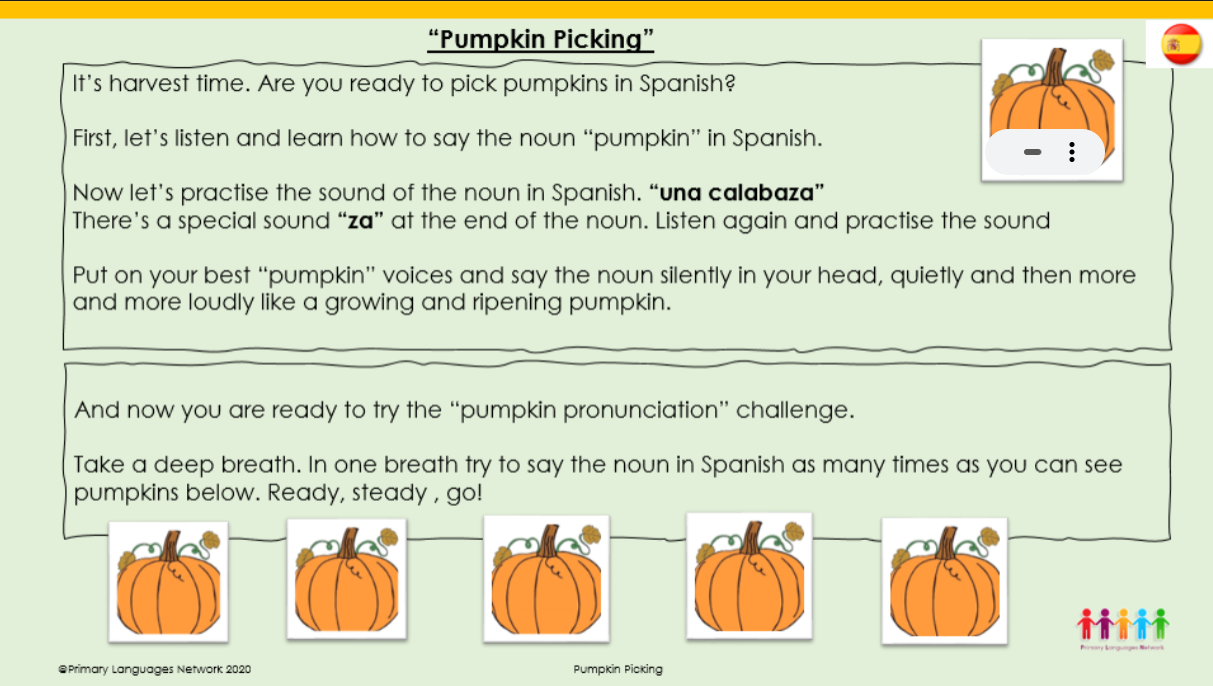Merry Xmas everybody! How very well deserved are the Winter school holidays. Whether you have been in a bubble, several bubbles, or teaching online this picture sums up how teachers everywhere have been ensuring that teaching and learning continues and Xmas celebrations are still in the classroom.
Joanne in the photo above found herself in the middle of delivering lessons online to one of the Primary Languages Network Language Teacher schools. A focus on prepositions still took place, with guess what? The elf on the shelf, except he was next to Santa, under the tree, on a present etcetera.
We’ve made the elf on the shelf work for us this year and Emilie, our Language Teacher Manager, has created a short reading activity everyday in French as a brain break ,morning meeting or reading challenge.
It’s certainly been quite a learning curve during Covid19 .We are learning and sharing all the time.Here’s Natalie, another of our Language Teaching Team , sharing today how she took what Joanne did and made it her own, teaching festive style online and at home in a primary school in Sheffield..
Sharing and learning from each other is at the centre of Primary Languages Network and Catherine ,our Network Manager’s tweet this week demonstrates this beautifully.
This year we are delighted to be able to run a competition to raise some money for FareShare and fill our office Christmas tree with foreign language seasonal greetings baubles designed by some of you network schools
All along the way our talented learners have shared their own home language knowledge too . Take a look at the photo of Xmas baubles and find “Merry Xmas” in Arabic,Turkish,Urdu, Kurdish and Somali.
We love to share some of our resources with everyone within Primary Languages Network or via our YouTube PLN Kids channel. Looks like lots of schools have enjoyed showing our simple Nativity stories in French and Spanish and we’ve been thrilled with the follow-up activities that schools have shared with us too.
And we have seen how many visitors to our Active Lingo shop have downloaded our ever popular Rudolph Bookmark corners.
So here’s to 2021. Watch out for our activities and resources to help you with language learning in primary schools throughout next year and thanks to each and every one of you who has taught in schools this term and enabled children to enjoy their primary language learning.














































































